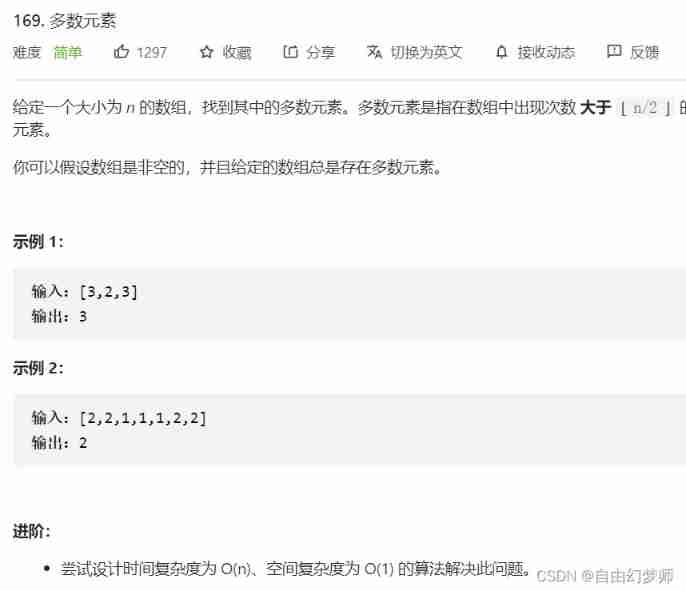当前位置:网站首页>json 数据展平pd.json_normalize
json 数据展平pd.json_normalize
2022-07-07 04:35:00 【欧晨eli】
pandas中有一个牛逼的内置功能叫 .json_normalize。
pandas的文档中提到:将半结构化JSON数据规范化为平面表。
def _json_normalize(
data: Union[Dict, List[Dict]],
record_path: Optional[Union[str, List]] = None,
meta: Optional[Union[str, List[Union[str, List[str]]]]] = None,
meta_prefix: Optional[str] = None,
record_prefix: Optional[str] = None,
errors: str = "raise",
sep: str = ".",
max_level: Optional[int] = None,
) -> "DataFrame":
"""
Normalize semi-structured JSON data into a flat table.
Parameters
----------
data : dict or list of dicts
Unserialized JSON objects.
record_path : str or list of str, default None
Path in each object to list of records. If not passed, data will be
assumed to be an array of records.
meta : list of paths (str or list of str), default None
Fields to use as metadata for each record in resulting table.
meta_prefix : str, default None
If True, prefix records with dotted (?) path, e.g. foo.bar.field if
meta is ['foo', 'bar'].
record_prefix : str, default None
If True, prefix records with dotted (?) path, e.g. foo.bar.field if
path to records is ['foo', 'bar'].
errors : {'raise', 'ignore'}, default 'raise'
Configures error handling.
* 'ignore' : will ignore KeyError if keys listed in meta are not
always present.
* 'raise' : will raise KeyError if keys listed in meta are not
always present.
sep : str, default '.'
Nested records will generate names separated by sep.
e.g., for sep='.', {'foo': {'bar': 0}} -> foo.bar.
max_level : int, default None
Max number of levels(depth of dict) to normalize.
if None, normalizes all levels.
.. versionadded:: 0.25.0
Returns
-------
frame : DataFrame
Normalize semi-structured JSON data into a flat table.
Examples
--------
>>> data = [{'id': 1, 'name': {'first': 'Coleen', 'last': 'Volk'}},
... {'name': {'given': 'Mose', 'family': 'Regner'}},
... {'id': 2, 'name': 'Faye Raker'}]
>>> pd.json_normalize(data)
id name.first name.last name.given name.family name
0 1.0 Coleen Volk NaN NaN NaN
1 NaN NaN NaN Mose Regner NaN
2 2.0 NaN NaN NaN NaN Faye Raker
>>> data = [{'id': 1,
... 'name': "Cole Volk",
... 'fitness': {'height': 130, 'weight': 60}},
... {'name': "Mose Reg",
... 'fitness': {'height': 130, 'weight': 60}},
... {'id': 2, 'name': 'Faye Raker',
... 'fitness': {'height': 130, 'weight': 60}}]
>>> pd.json_normalize(data, max_level=0)
id name fitness
0 1.0 Cole Volk {'height': 130, 'weight': 60}
1 NaN Mose Reg {'height': 130, 'weight': 60}
2 2.0 Faye Raker {'height': 130, 'weight': 60}
Normalizes nested data up to level 1.
>>> data = [{'id': 1,
... 'name': "Cole Volk",
... 'fitness': {'height': 130, 'weight': 60}},
... {'name': "Mose Reg",
... 'fitness': {'height': 130, 'weight': 60}},
... {'id': 2, 'name': 'Faye Raker',
... 'fitness': {'height': 130, 'weight': 60}}]
>>> pd.json_normalize(data, max_level=1)
id name fitness.height fitness.weight
0 1.0 Cole Volk 130 60
1 NaN Mose Reg 130 60
2 2.0 Faye Raker 130 60
>>> data = [{'state': 'Florida',
... 'shortname': 'FL',
... 'info': {'governor': 'Rick Scott'},
... 'counties': [{'name': 'Dade', 'population': 12345},
... {'name': 'Broward', 'population': 40000},
... {'name': 'Palm Beach', 'population': 60000}]},
... {'state': 'Ohio',
... 'shortname': 'OH',
... 'info': {'governor': 'John Kasich'},
... 'counties': [{'name': 'Summit', 'population': 1234},
... {'name': 'Cuyahoga', 'population': 1337}]}]
>>> result = pd.json_normalize(data, 'counties', ['state', 'shortname',
... ['info', 'governor']])
>>> result
name population state shortname info.governor
0 Dade 12345 Florida FL Rick Scott
1 Broward 40000 Florida FL Rick Scott
2 Palm Beach 60000 Florida FL Rick Scott
3 Summit 1234 Ohio OH John Kasich
4 Cuyahoga 1337 Ohio OH John Kasich
>>> data = {'A': [1, 2]}
>>> pd.json_normalize(data, 'A', record_prefix='Prefix.')
Prefix.0
0 1
1 2
Returns normalized data with columns prefixed with the given string.
"""
def _pull_field(
js: Dict[str, Any], spec: Union[List, str]
) -> Union[Scalar, Iterable]:
"""Internal function to pull field"""
result = js
if isinstance(spec, list):
for field in spec:
result = result[field]
else:
result = result[spec]
return result
def _pull_records(js: Dict[str, Any], spec: Union[List, str]) -> List:
"""
Internal function to pull field for records, and similar to
_pull_field, but require to return list. And will raise error
if has non iterable value.
"""
result = _pull_field(js, spec)
# GH 31507 GH 30145, GH 26284 if result is not list, raise TypeError if not
# null, otherwise return an empty list
if not isinstance(result, list):
if pd.isnull(result):
result = []
else:
raise TypeError(
f"{js} has non list value {result} for path {spec}. "
"Must be list or null."
)
return result
if isinstance(data, list) and not data:
return DataFrame()
# A bit of a hackjob
if isinstance(data, dict):
data = [data]
if record_path is None:
if any([isinstance(x, dict) for x in y.values()] for y in data):
# naive normalization, this is idempotent for flat records
# and potentially will inflate the data considerably for
# deeply nested structures:
# {VeryLong: { b: 1,c:2}} -> {VeryLong.b:1 ,VeryLong.c:@}
#
# TODO: handle record value which are lists, at least error
# reasonably
data = nested_to_record(data, sep=sep, max_level=max_level)
return DataFrame(data)
elif not isinstance(record_path, list):
record_path = [record_path]
if meta is None:
meta = []
elif not isinstance(meta, list):
meta = [meta]
_meta = [m if isinstance(m, list) else [m] for m in meta]
# Disastrously inefficient for now
records: List = []
lengths = []
meta_vals: DefaultDict = defaultdict(list)
meta_keys = [sep.join(val) for val in _meta]
def _recursive_extract(data, path, seen_meta, level=0):
if isinstance(data, dict):
data = [data]
if len(path) > 1:
for obj in data:
for val, key in zip(_meta, meta_keys):
if level + 1 == len(val):
seen_meta[key] = _pull_field(obj, val[-1])
_recursive_extract(obj[path[0]], path[1:], seen_meta, level=level + 1)
else:
for obj in data:
recs = _pull_records(obj, path[0])
recs = [
nested_to_record(r, sep=sep, max_level=max_level)
if isinstance(r, dict)
else r
for r in recs
]
# For repeating the metadata later
lengths.append(len(recs))
for val, key in zip(_meta, meta_keys):
if level + 1 > len(val):
meta_val = seen_meta[key]
else:
try:
meta_val = _pull_field(obj, val[level:])
except KeyError as e:
if errors == "ignore":
meta_val = np.nan
else:
raise KeyError(
"Try running with errors='ignore' as key "
f"{e} is not always present"
) from e
meta_vals[key].append(meta_val)
records.extend(recs)
_recursive_extract(data, record_path, {}, level=0)
result = DataFrame(records)
if record_prefix is not None:
result = result.rename(columns=lambda x: f"{record_prefix}{x}")
# Data types, a problem
for k, v in meta_vals.items():
if meta_prefix is not None:
k = meta_prefix + k
if k in result:
raise ValueError(
f"Conflicting metadata name {k}, need distinguishing prefix "
)
result[k] = np.array(v, dtype=object).repeat(lengths)
return result
json_normalize()函数参数讲解
| 参数名 | 解释 |
|---|---|
| data | 未解析的Json对象,也可以是Json列表对象 |
| record_path | 列表或字符串,如果Json对象中的嵌套列表未在此设置,则完成解析后会直接将其整个列表存储到一列中展示 |
| meta | Json对象中的键,存在多层数据时也可以进行嵌套标记 |
| meta_prefix | 键的前缀 |
| record_prefix | 嵌套列表的前缀 |
| errors | 错误信息,可设置为ignore,表示如果key不存在则忽略错误,也可设置为raise,表示如果key不存在则报错进行提示。默认值为raise |
| sep | 多层key之间的分隔符,默认值是.(一个点) |
| max_level | 解析Json对象的最大层级数,适用于有多层嵌套的Json对象 |
在进行代码演示前先导入相应依赖库,未安装pandas库的请自行安装(此代码在Jupyter Notebook环境中运行)。
from pandas import json_normalize
import pandas as pd
1. 解析一个最基本的Json
a. 解析一般Json对象
a_dict = {
'school': 'ABC primary school',
'location': 'London',
'ranking': 2
}
pd.json_normalize(a_dict)
输出结果为:

b. 解析一个Json对象列表
json_list = [
{'class': 'Year 1', 'student number': 20, 'room': 'Yellow'},
{'class': 'Year 2', 'student number': 25, 'room': 'Blue'}
]
pd.json_normalize(json_list)
输出结果为:

2. 解析一个带有多层数据的Json
a. 解析一个有多层数据的Json对象
json_obj = {
'school': 'ABC primary school',
'location': 'London',
'ranking': 2,
'info': {
'president': 'John Kasich',
'contacts': {
'email': {
'admission': '[email protected]',
'general': '[email protected]'
},
'tel': '123456789',
}
}
}
pd.json_normalize(json_obj)
输出结果为:
多层key之间使用点隔开,展示了所有的数据,这已经解析了3层,上述写法和pd.json_normalize(json_obj, max_level=3)等价。
如果设置max_level=1,则输出结果为下图所示,contacts部分的数据汇集成了一列
如果设置max_level=2,则输出结果为下图所示,contacts 下的email部分的数据汇集成了一列
b. 解析一个有多层数据的Json对象列表
json_list = [
{
'class': 'Year 1',
'student count': 20,
'room': 'Yellow',
'info': {
'teachers': {
'math': 'Rick Scott',
'physics': 'Elon Mask'
}
}
},
{
'class': 'Year 2',
'student count': 25,
'room': 'Blue',
'info': {
'teachers': {
'math': 'Alan Turing',
'physics': 'Albert Einstein'
}
}
}
]
pd.json_normalize(json_list)
输出结果为:

若分别将max_level设置为2和3,则输出结果应分别是什么?请自行尝试~
3. 解析一个带有嵌套列表的Json
json_obj = {
'school': 'ABC primary school',
'location': 'London',
'ranking': 2,
'info': {
'president': 'John Kasich',
'contacts': {
'email': {
'admission': '[email protected]',
'general': '[email protected]'
},
'tel': '123456789',
}
},
'students': [
{'name': 'Tom'},
{'name': 'James'},
{'name': 'Jacqueline'}
],
}
pd.json_normalize(json_obj)
此例中students键对应的值是一个列表,使用[]括起来。直接采用上述的方法进行解析,则得到的结果如下:

students部分的数据并未被成功解析,此时可以为record_path设置值即可,调用方式为pd.json_normalize(json_obj, record_path='students'),在此调用方式下,得到的结果只包含了name部分的数据。

若要增加其他字段的信息,则需为meta参数赋值,例如下述调用方式下,得到的结果如下:
pd.json_normalize(json_obj, record_path='students', meta=['school', 'location', ['info', 'contacts', 'tel'], ['info', 'contacts', 'email', 'general']])

4. 当Key不存在时如何忽略系统报错
data = [
{
'class': 'Year 1',
'student count': 20,
'room': 'Yellow',
'info': {
'teachers': {
'math': 'Rick Scott',
'physics': 'Elon Mask',
}
},
'students': [
{ 'name': 'Tom', 'sex': 'M' },
{ 'name': 'James', 'sex': 'M' },
]
},
{
'class': 'Year 2',
'student count': 25,
'room': 'Blue',
'info': {
'teachers': {
# no math teacher
'physics': 'Albert Einstein'
}
},
'students': [
{ 'name': 'Tony', 'sex': 'M' },
{ 'name': 'Jacqueline', 'sex': 'F' },
]
},
]
pd.json_normalize(
data,
record_path =['students'],
meta=['class', 'room', ['info', 'teachers', 'math']]
)
在class等于Year 2的Json对象中,teachers下的math键不存在,直接运行上述代码会报以下错误,提示math键并不总是存在,且给出了相应建议:Try running with errors='ignore'。

添加errors条件后,重新运行得出的结果如下图所示,没有math键的部分使用NaN进行了填补。
pd.json_normalize(
data,
record_path =['students'],
meta=['class', 'room', ['info', 'teachers', 'math']],
errors='ignore'
)

5. 使用sep参数为嵌套Json的Key设置分隔符
在2.a的案例中,可以注意到输出结果的具有多层key的数据列标题是采用.对多层key进行分隔的,可以为sep赋值以更改分隔符。
json_obj = {
'school': 'ABC primary school',
'location': 'London',
'ranking': 2,
'info': {
'president': 'John Kasich',
'contacts': {
'email': {
'admission': '[email protected]',
'general': '[email protected]'
},
'tel': '123456789',
}
}
}
pd.json_normalize(json_obj, sep='->')
输出结果为:

6. 为嵌套列表数据和元数据添加前缀
在3例的输出结果中,各列名均无前缀,例如name这一列不知是元数据解析得到的数据,还是通过student嵌套列表的的出的数据,因此为record_prefix和meta_prefix参数分别赋值,即可为输出结果添加相应前缀。
json_obj = {
'school': 'ABC primary school',
'location': 'London',
'ranking': 2,
'info': {
'president': 'John Kasich',
'contacts': {
'email': {
'admission': '[email protected]',
'general': '[email protected]'
},
'tel': '123456789',
}
},
'students': [
{'name': 'Tom'},
{'name': 'James'},
{'name': 'Jacqueline'}
],
}
pd.json_normalize(json_obj, record_path='students',
meta=['school', 'location', ['info', 'contacts', 'tel'], ['info', 'contacts', 'email', 'general']],
record_prefix='students->',
meta_prefix='meta->',
sep='->')
本例中,为嵌套列表数据添加students->前缀,为元数据添加meta->前缀,将嵌套key之间的分隔符修改为->,输出结果为:

7. 通过URL获取Json数据并进行解析
通过URL获取数据需要用到requests库,请自行安装相应库。
import requests
from pandas import json_normalize
# 通过天气API,获取深圳近7天的天气
url = 'https://tianqiapi.com/free/week'
# 传入url,并设定好相应的params
r = requests.get(url, params={"appid":"59257444", "appsecret":"uULlTGV9 ", 'city':'深圳'})
# 将获取到的值转换为json对象
result = r.json()
df = json_normalize(result, meta=['city', 'cityid', 'update_time'], record_path=['data'])
df
result的结果如下所示,其中data为一个嵌套列表:
{'cityid': '101280601',
'city': '深圳',
'update_time': '2021-08-09 06:39:49',
'data': [{'date': '2021-08-09',
'wea': '中雨转雷阵雨',
'wea_img': 'yu',
'tem_day': '32',
'tem_night': '26',
'win': '无持续风向',
'win_speed': '<3级'},
{'date': '2021-08-10',
'wea': '雷阵雨',
'wea_img': 'yu',
'tem_day': '32',
'tem_night': '27',
'win': '无持续风向',
'win_speed': '<3级'},
{'date': '2021-08-11',
'wea': '雷阵雨',
'wea_img': 'yu',
'tem_day': '31',
'tem_night': '27',
'win': '无持续风向',
'win_speed': '<3级'},
{'date': '2021-08-12',
'wea': '多云',
'wea_img': 'yun',
'tem_day': '33',
'tem_night': '27',
'win': '无持续风向',
'win_speed': '<3级'},
{'date': '2021-08-13',
'wea': '多云',
'wea_img': 'yun',
'tem_day': '33',
'tem_night': '27',
'win': '无持续风向',
'win_speed': '<3级'},
{'date': '2021-08-14',
'wea': '多云',
'wea_img': 'yun',
'tem_day': '32',
'tem_night': '27',
'win': '无持续风向',
'win_speed': '<3级'},
{'date': '2021-08-15',
'wea': '多云',
'wea_img': 'yun',
'tem_day': '32',
'tem_night': '27',
'win': '无持续风向',
'win_speed': '<3级'}]}
解析后的输出结果为:

8. 探究:解析带有多个嵌套列表的Json
当一个Json对象或对象列表中有超过一个嵌套列表时,record_path无法将所有的嵌套列表包含进去,因为它只能接收一个key值。此时,我们需要先根据多个嵌套列表的key将Json解析成多个DataFrame,再将这些DataFrame根据实际关联条件拼接起来,并去除重复值。
json_obj = {
'school': 'ABC primary school',
'location': 'shenzhen',
'ranking': 2,
'info': {
'president': 'John Kasich',
'contacts': {
'email': {
'admission': '[email protected]',
'general': '[email protected]'
},
'tel': '123456789',
}
},
'students': [
{'name': 'Tom'},
{'name': 'James'},
{'name': 'Jacqueline'}
],
# 添加university嵌套列表,加上students,该JSON对象中就有2个嵌套列表了
'university': [
{'university_name': 'HongKong university shenzhen'},
{'university_name': 'zhongshan university shenzhen'},
{'university_name': 'shenzhen university'}
],
}
# 尝试在record_path中写上两个嵌套列表的名字,即record_path = ['students', 'university],结果无济于事
# 于是决定分两次进行解析,分别将record_path设置成为university和students,最终将2个结果合并起来
df1 = pd.json_normalize(json_obj, record_path=['university'],
meta=['school', 'location', ['info', 'contacts', 'tel'],
['info', 'contacts', 'email', 'general']],
record_prefix='university->',
meta_prefix='meta->',
sep='->')
df2 = pd.json_normalize(json_obj, record_path=['students'],
meta=['school', 'location', ['info', 'contacts', 'tel'],
['info', 'contacts', 'email', 'general']],
record_prefix='students->',
meta_prefix='meta->',
sep='->')
# 将两个结果根据index关联起来并去除重复列
df1.merge(df2, how='left', left_index=True, right_index=True, suffixes=['->', '->']).T.drop_duplicates().T
输出结果为:

途中红框标出来的部分为Json对象中所对应的两个嵌套列表。
总结
json_normalize()方法异常强大,几乎涵盖了所有解析JSON的场景,涉及到一些更复杂场景时,可以给予已有的功能进行发散整合,例如8. 探究中遇到的问题一样。
拥有了这个强大的Json解析库,以后再也不怕遇到复杂的Json数据了!
参考:
边栏推荐
- misc ez_usb
- leanote私有云笔记搭建
- [OBS] win capture requires winrt
- Live online system source code, using valueanimator to achieve view zoom in and out animation effect
- What is the difference between TCP and UDP?
- 2022茶艺师(初级)考试题模拟考试题库及在线模拟考试
- Common validation comments
- 2022 tea master (intermediate) examination questions and mock examination
- vus.SSR在asynData函数中请求数据的注意事项
- 解决:Could NOT find KF5 (missing: CoreAddons DBusAddons DocTools XmlGui)
猜你喜欢
随机推荐
2022制冷与空调设备运行操作复训题库及答案
[advanced digital IC Verification] command query method and common command interpretation of VCs tool
IPv4 exercises
Pytest+allure+jenkins environment -- completion of pit filling
【经验分享】如何为visio扩展云服务图标
CTF daily question day43 rsa5
【p2p】本地抓包
今日现货白银操作建议
LeetCode 90:子集 II
[UTCTF2020]file header
【webrtc】m98 screen和window采集
通信设备商,到底有哪些岗位?
Cnopendata list data of Chinese colleges and Universities
[Matlab] Simulink 自定义函数中的矩阵乘法工作不正常时可以使用模块库中的矩阵乘法模块代替
【斯坦福计网CS144项目】Lab3: TCPSender
Solve could not find or load the QT platform plugin "xcb" in "
@component(““)
vus. Precautions for SSR requesting data in asyndata function
解决could not find or load the Qt platform plugin “xcb“in ““.
QT learning 28 toolbar in the main window
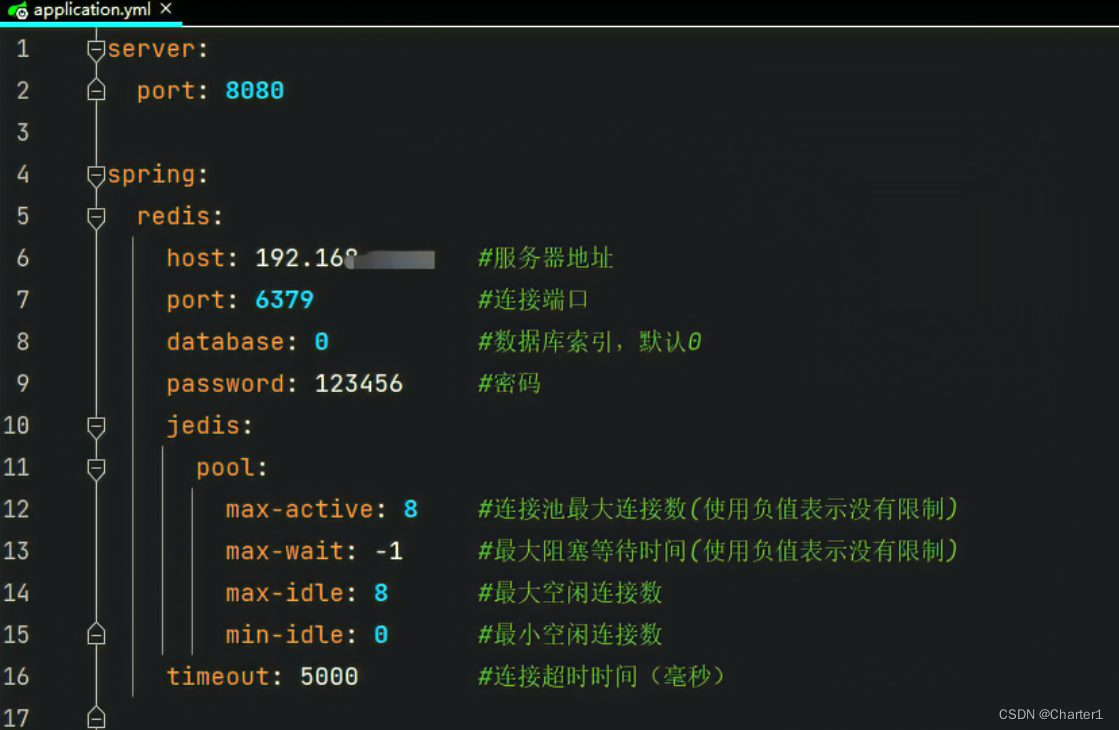

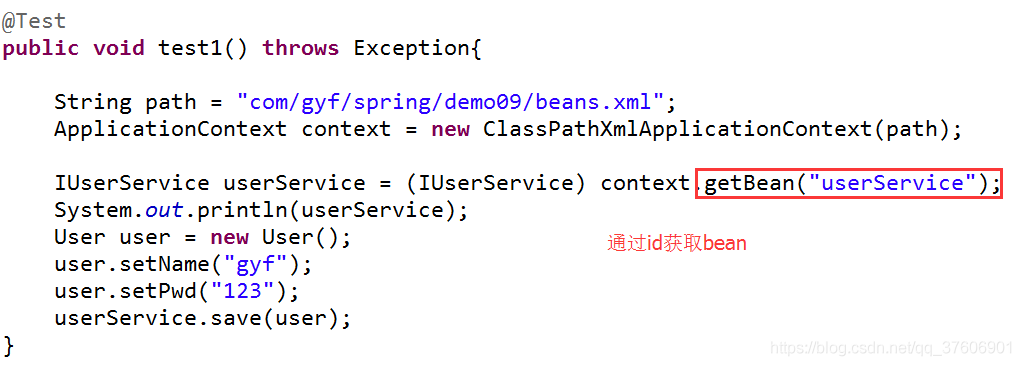
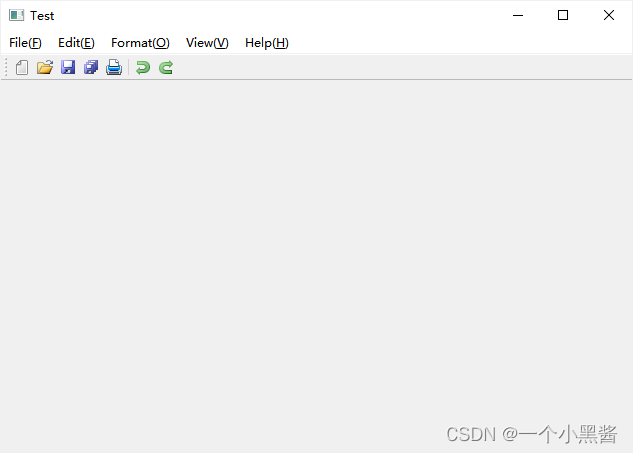


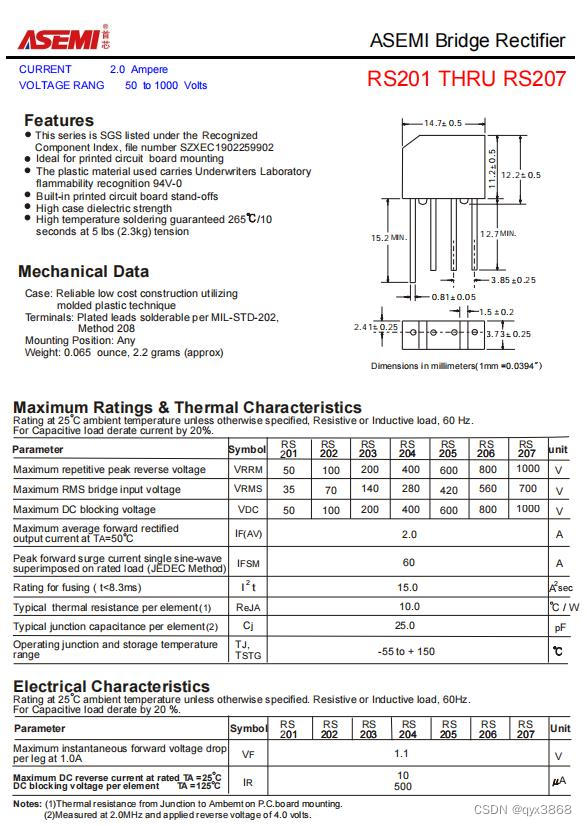
![[Stanford Jiwang cs144 project] lab4: tcpconnection](/img/fd/704d19287a12290f779cfc223c71c8.png)

